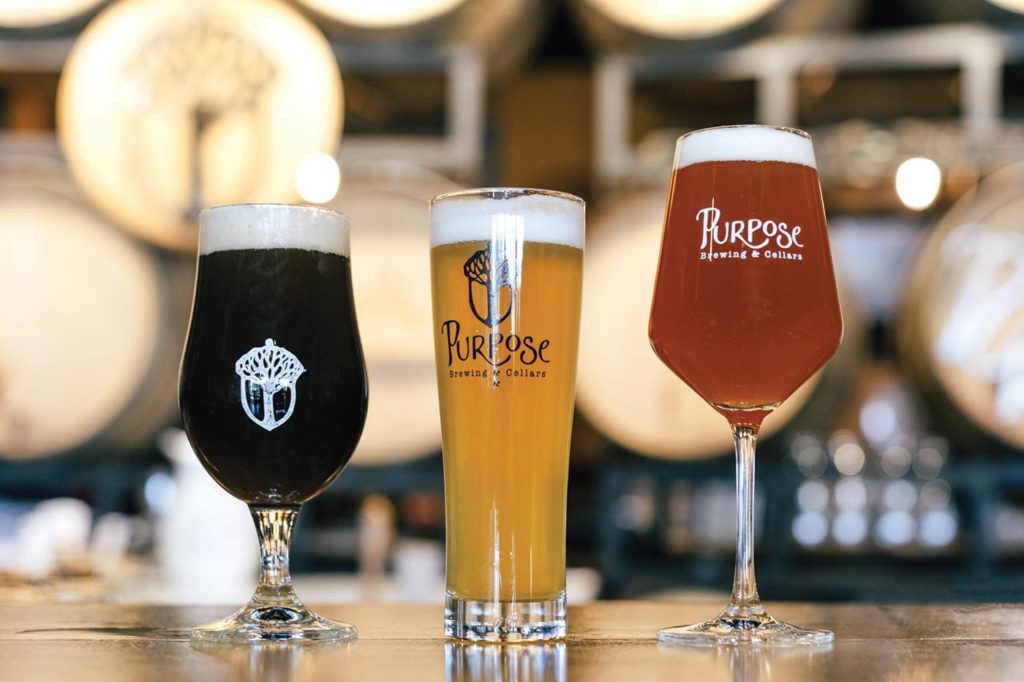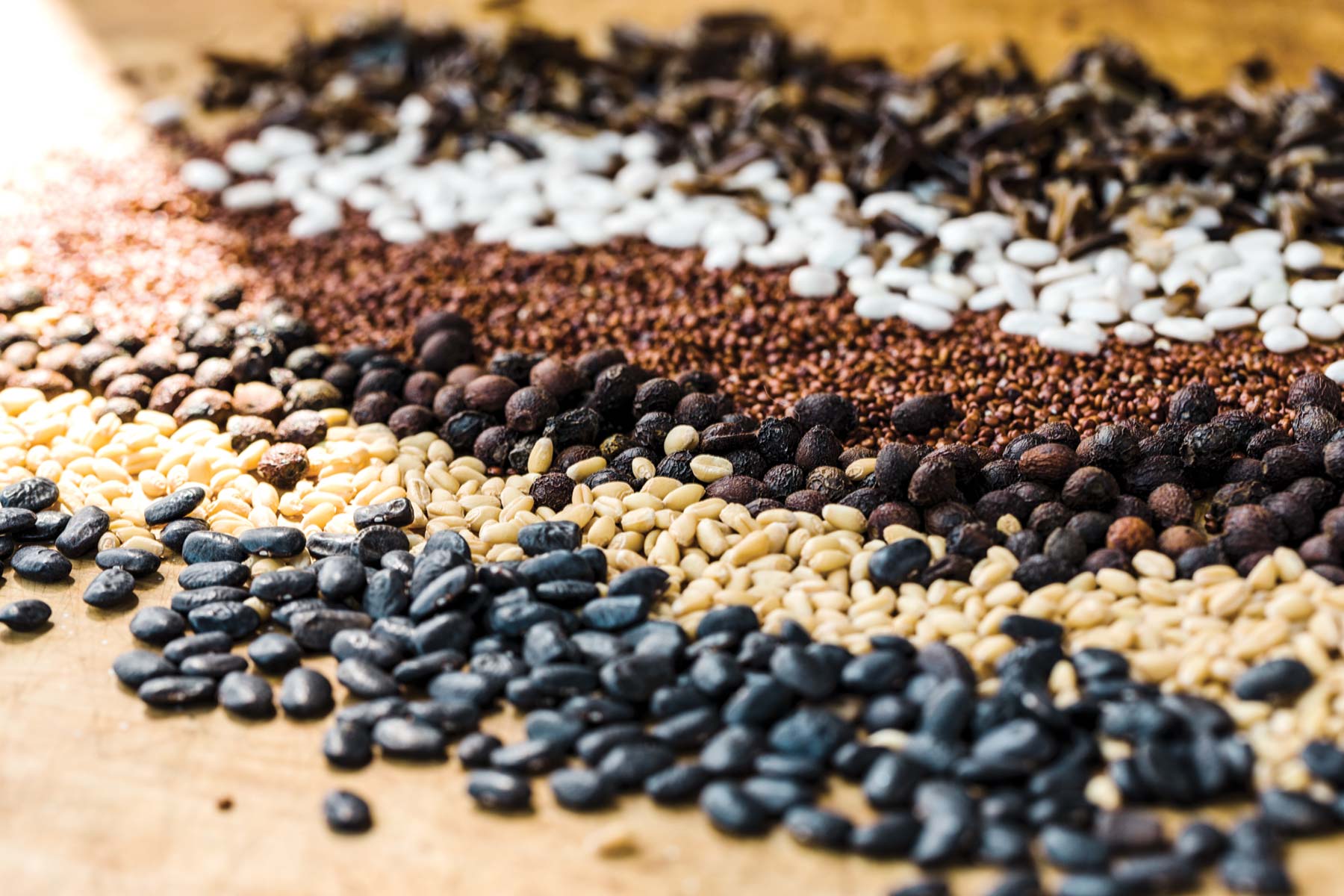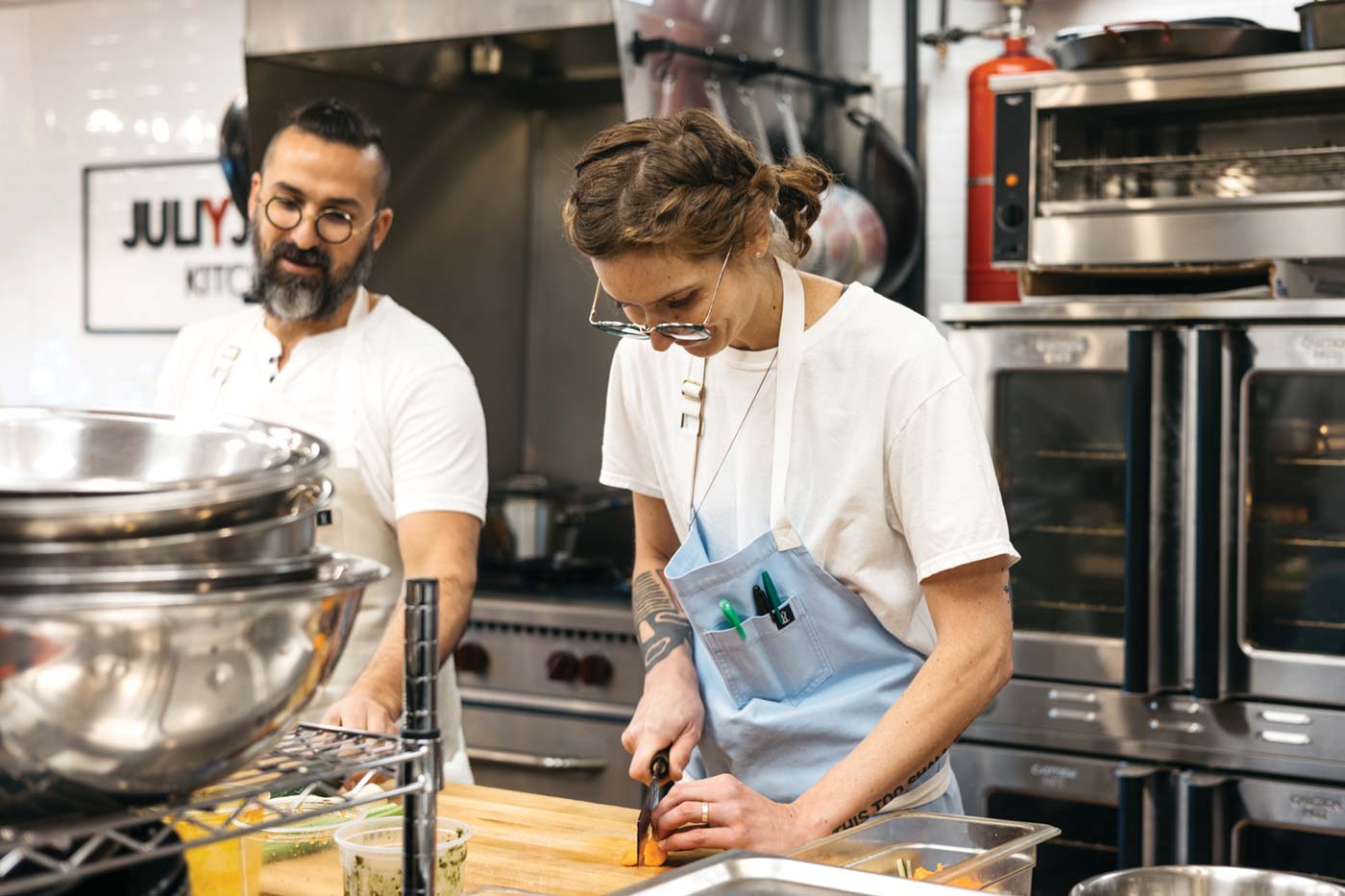The practical, personal and technological factors shaping the future of Colorado’s independent breweries.
As soon as the sun shines in Colorado—whether in the middle of May or on a bluebird day in February—Front Range natives flock to beer patios for a picturesque pint or a refreshing flight. In fact, it’s fair to say that Coloradans are disproportionately proud of our local beer culture, and it doesn’t hurt that one of the industry’s largest events, Great American Beer Fest, is held in downtown Denver each fall.
Yet as we return to our favorite brew pubs with renewed enthusiasm after two years of social distancing, we may be wondering how the industry has changed and what new trends might be coming down the pike.
It’s helpful to start by examining how and why beer became such a significant part of Colorado’s identity, and why the craft beer movement, in particular, has thrived throughout the state. To start, we called up one of Fort Collins’ long-standing brewmasters, Peter Bouckaert, former head brewer at New Belgium and the current owner of Purpose Brewing. When Peter first moved here from Belgium, in 1996, the East and West Coasts actually had more developed craft brewing markets. Yet over his two decades at New Belgium, he saw Colorado’s portfolio develop rapidly in both breadth and depth.
“One key reason Colorado became so influential in craft brewing was the liquor laws and community of independent liquor stores. Grocery stores were unable to sell beer with more than 3.2% ABW [alcohol by weight]—approximately 4% ABV [alcohol by volume]—so it was easier for smaller brewers to penetrate the market,” Peter explains. It’s worth noting that in 2019 a new law reversed that policy, making grocery stores a new, influential, contender in the market.
Ashleigh Carter, the co-founder and head brewer at Bierstadt Lagerhaus in Denver, echoes the impact of liquor laws on Colorado’s flourishing beer scene. “[Prior to the law changing in 2019], you could sell just a couple cases to an independent liquor store. As a brewer, that means you only have to convince one person at a time to take a chance on your product, rather than working through a large distributor. In taprooms like ours, the laws also allow us to serve a full pint or sell beer directly to the consumer, which provides instantaneous feedback. We can see immediately how a beer fares.”
Of course, there are other theories behind Colorado’s brewing reputation. Some argue that our water makes the difference, given its origins in crystal mountain streams. (Admittedly, this theory, like the claim that New York bagels benefit from certain water qualities, is hotly contested.) Emily Wang, the head scientist at Fermly, a lab and data portal for brewers, believes that water absolutely matters, but also offers another strong argument: “Colorado has an incredibly supportive beer community—a real ‘rising tide lifts all boats’ mentality. Previous to labs like ours, you could call Miller-Coors and ask for help with a problem. There aren’t a lot of large brands willing to do that!”
That support and expertise extend beyond brewers themselves, according to James Howat, a local evangelist for wild-fermented beers and the co-owner of Black Project: “We have a pretty knowledgeable consumer base, and a lot of people move here from different parts of the country. That plays into having a number of different styles being made in Colorado, whereas other regions of the country are better known for just one thing.”
No matter what theory you subscribe to, the numbers simply don’t lie. Today, Colorado has the fourth most breweries per capita in the U.S., despite being home to only 2% of the country’s total population. More importantly, a significant number of those 400 breweries are relatively small, independent or even focused on just one style of brewing.
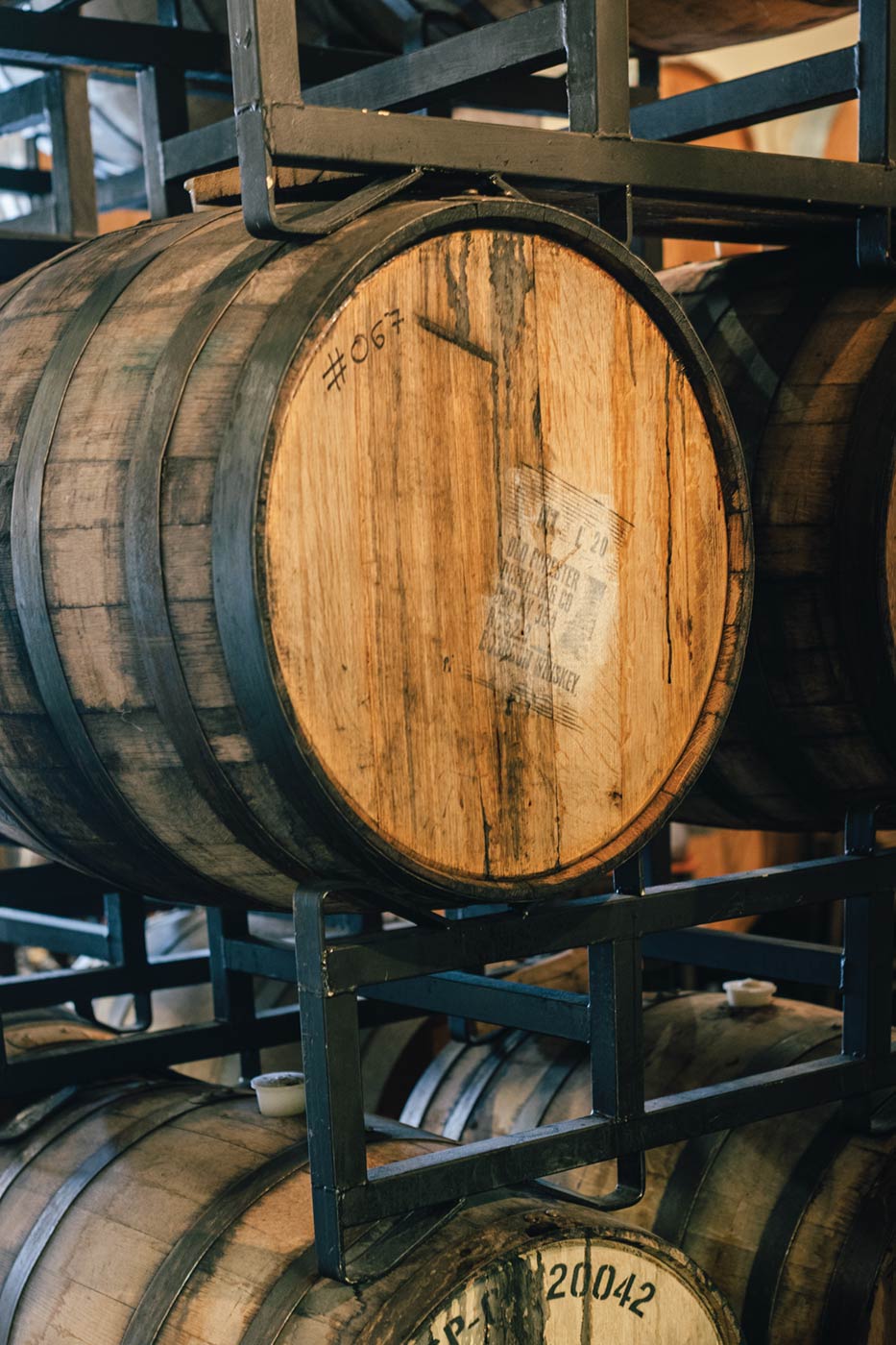
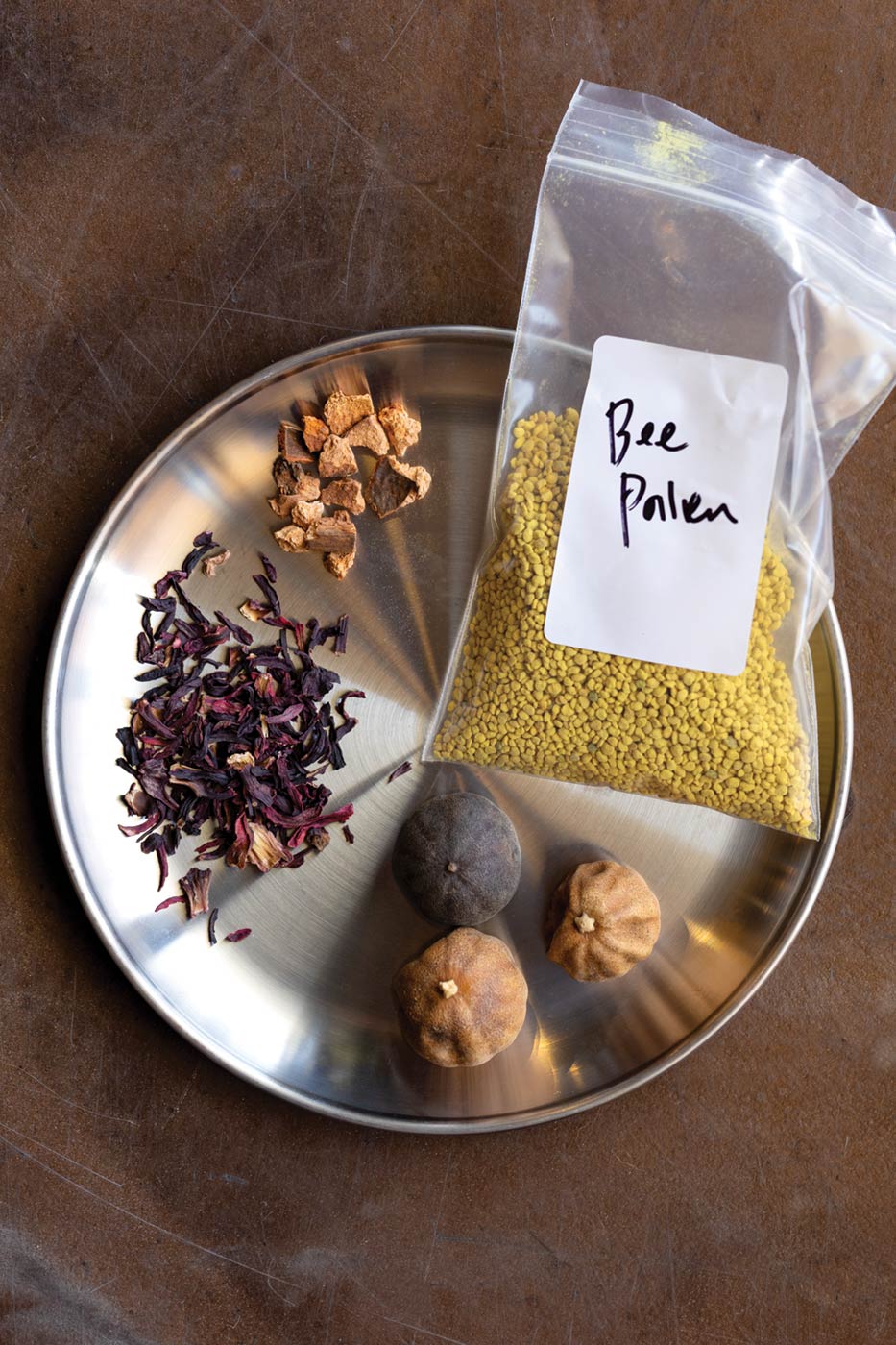
“The opportunity to focus on one style creates a very different culture,” Wang argues. “Niche breweries don’t have to chase the trends—they are the trend.”
Which brings us back to our panel of highly opinionated brewers, all of whom represent some of the state’s premier niche breweries. Bierstadt Lagerhaus, for example, has become famous for its Slow Pour Pils—a particularly foamy, crisp lager that takes 30 hours to brew, followed by eight weeks of cold fermentation—and an uncompromising approach to crafting traditional German lagers, in general. “Lager is on a 150-year winning streak,” Carter notes, “but it hasn’t always won in the ‘craft’ category, because it’s very technique-driven, you need great ingredients and it takes time to make it properly.”
Yet even if lagers haven’t always been craft beer’s dominant product, Howat argues that such sessionable, lower ABV beers are typically where you see the talents of a brewer shine. “I’m excited to see lagers becoming bigger, because that’s what we brewers want to drink. There’s less room to hide imperfections [in a Pilsner] than there is in a burrito-flavored beer or a peanut butter cookie stout.”
The trend toward nuance is one that Bouckaert also champions, after seeing so much of the industry chase aggressively bitter IPAs, high alcohol percentages or the heavily fruited hard seltzer category. “We grow hops beautifully in America, which led to a boom in IPAs, but also overemphasizing bitterness,” Bouckaert laments. “For fathers who started drinking craft beers in the ’90s, they followed us to those IPAs, but we’ve lost their kids (the new entry-level drinkers) because you can’t enjoy them casually. So what do they drink? Non-bitter beers that are 8%, with added sugar syrups—basically hard seltzers. Neither of those directions enhances our business model.”
In turn, at Purpose Brewing, Bouckaert intentionally bucks trends, pursuing a style all his own. With a rotating list of five drink-it-or-you’ll-miss-it selections each week, he’s developed what he describes as a “nouvelle cuisine” approach to brewing, highlighting ingredients like saffron, lemon verbena or hibiscus, while also rotating in (and out) various casks to access a range of microbial environments for fermentation. While his adventurous ingredients may raise eyebrows, the results are actually far more subtle and balanced than many of the quirky selections found at your local liquor store.
Howat’s niche at Black Project may be entirely different from Bouckaerts’s, but he finds himself leaning in a similar direction: “Our goal is to make beer that can’t be made anywhere else, using microbes from our environment. We did make some heavily fruited beer in that category, but now I’m moving back toward bottles that highlight an herb or a lighter use of fruit, because that’s what I like drinking—it’s more artful.”
Of course, when creating such nuanced products, it’s helpful to have more than just years of industry experience in your corner. That’s where Wang’s work at Fermly comes in—and she proudly names Carter, Bouckaert and Howat as clients and colleagues. “Beer is an art, but there’s a little bit of science,” she laughs. “Part of that is making a more consistent product, which can keep people coming back. But even for a one-off barrel, you want to ensure you can dial in every batch, to address or troubleshoot problems as they are happening.”
Whether working with brands that make more than 10,000 barrels a year or supporting a niche brewery that may only produce 250–500 barrels, Fermly’s approach is consistent. They focus not only on providing data, but also on making that data actionable, so brewers can make informed choices in the moment. For brands that don’t have the budget to install a Coors-level laboratory, the ability to access such information—without the upfront equipment cost—is a particularly noteworthy shift in the industry.
With the help of new and improving technology, Wang has also seen the possibility for experimentation in underserved categories: “In terms of market share, there’s definitely a growing interest in nonalcoholic. You can either brew using arrested fermentation—stopping the yeast from creating alcohol—or brew a regular beer and then remove the alcohol through vacuum distillation. The latter is incredible, because you get the full flavor of the beer, but it can be cost prohibitive for a lot of breweries. Alternatively, I’ve seen people working on the technology to better target 2–3% sessionable beers, which, especially for outdoorsy drinkers who want to hike and drink, opens up a lot of possibilities.”
Beyond these emerging trends, the brewers noted a number of challenges—and opportunities—that they see in the market. Carter, in particular, would like to see a greater education around craft beer in Colorado’s hospitality and fine-dining industry. “We still get pushback from some restaurants who pride themselves on local sourcing, but then serve PBR. You also see upscale restaurants that will only serve sours or saisons, even though a well-made lager actually goes better with food. At a minimum, when you get a beer on draft, I’d like to see more restaurants that respect a clean glass, clean draft lines and being able to get at least some foam on the beer. The next tier [of progress] would be more glassware options, like you see with wine or cocktails.”
For Howat, one of the lingering impacts of the Covid pandemic is the debate over distribution, versus selling straight out of the taproom: “After two years of closures, reduced seating and people simply getting used to hanging out at home, a lot of taprooms [who never thought they’d can] got more heavily into distribution. But when you sell out of a taproom, you can tell the story of what a beer is about. When you distribute, that can get lost in the multiple layers of communication, even if you have great distributors.”
This question of distribution is further complicated by grocery stores’ new ability to shape the market. As Carter explains, many grocery chains—like Whole Foods and Safeway—started off with the intention of promoting local brands. “They may have started with Crooked Stave or Diebolt, but soon it became Sam Adams, and then hard seltzer. The truth is that it’s harder to coordinate with lots of small brewers, so grocery stores often resort to working with large distributors [and larger brands in turn].” The primary concern then becomes whether independent liquor stores—the ones that champion smaller or even niche breweries—can continue to compete with the convenience of those grocery stores.
Surveying the industry’s evolution and the challenges ahead, Bouckaert argues that staying small and hyper-regional has its benefits. “The chance that you become New Belgium, at this point in the industry, is very slim. So I would look at self-distribution, spreading your beer 20–50 miles from where you’re based, and then selling to a few specialty liquor stores in Denver. That way, you can make what you want to make and still play in an oversaturated market.”
As for what we can do as drinkers? Keep supporting those independent liquor shops that stock your favorite Colorado brews—and get out to see a few new taprooms this summer.
Where Brewers Drink Along the Front Range
A few (highly subjective!) suggestions for where to drink this summer.
Fort Collins:
- Zwei Brewing: for the Pilsner
- Funkwerks: for the Saison
- Jessup: for something different
- Purpose Brewing: for culinary-inspired brews
Boulder County:
- Fritz Brewing: for German-style brews
- Cellar West: for small-batch farmhouse ales
- Bootstrap Brewing: for excellent nonalcoholic beer
- Primitive Beer: for wine-box-style beer that evolves over time
Denver:
- Cohesion Brewing: for Czech-style lagers
- Bierstadt Lagerhaus: for the Slow Pour Pils
- Cerebral Brewing: for a solid range of options
- Black Project: for spontaneous, wild-fermented brews
Elsewhere:
- Westbound & Down, Idaho Springs: for a great taproom experience
- New Image, Arvada: for experimental selections
- Cannonball Creek, Golden: for hop-focused brews

